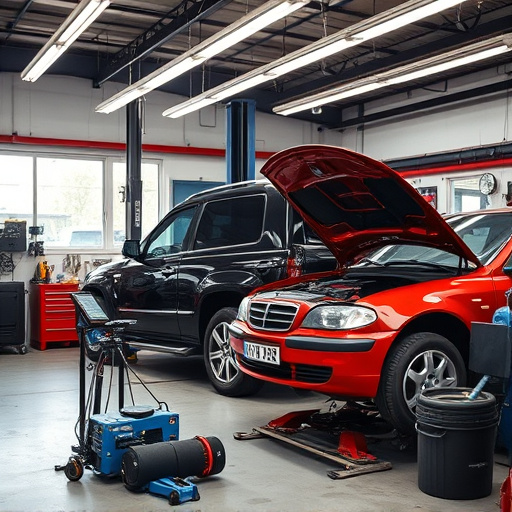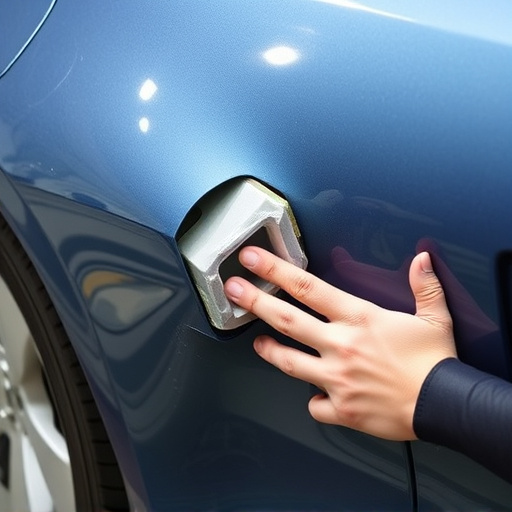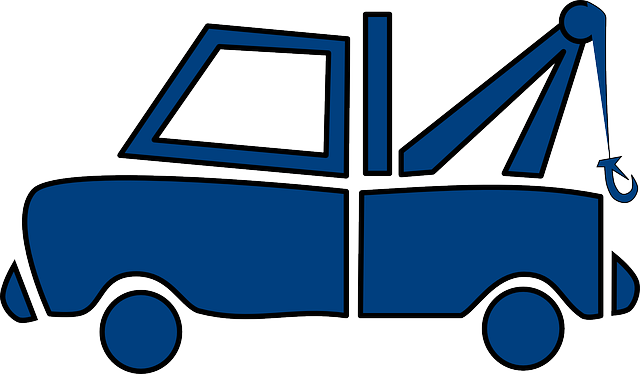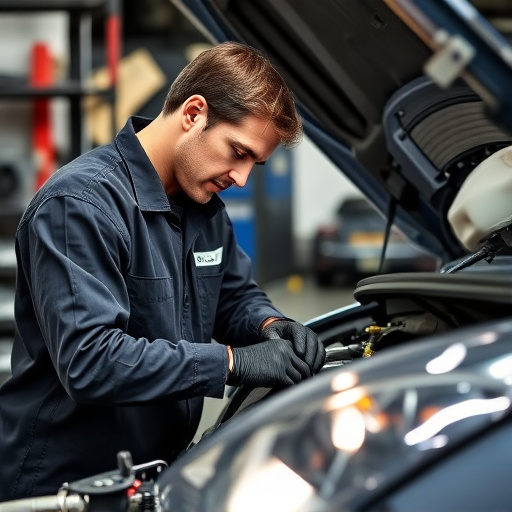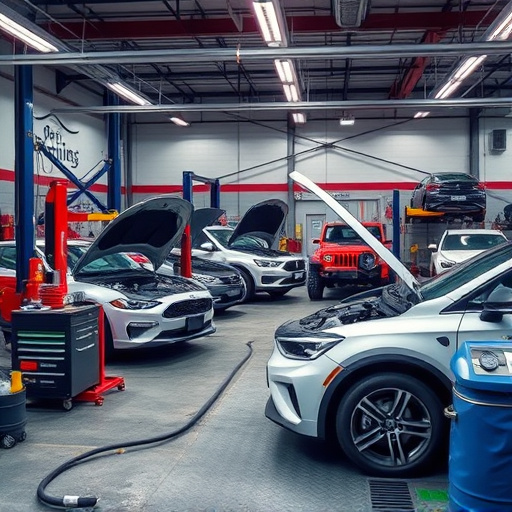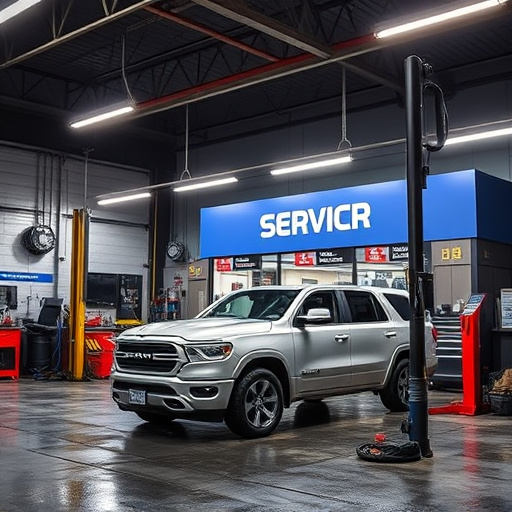Frame alignment service is crucial for vehicle maintenance, especially for older cars and those with accident history or rough driving conditions. It prevents uneven tire wear, improves handling, enhances safety, and prolongs tire life. Recommended frequency ranges from every 5,000-15,000 miles, depending on usage and manufacturer guidelines.
Do you know how often your vehicle needs a frame alignment service? Proper alignment is crucial for your car’s safety, handling, and fuel efficiency. This article delves into understanding the intricacies of frame alignment services, exploring factors influencing their frequency, and providing insights on maintaining optimal vehicle alignment. By the end, you’ll have a clear guide to keep your ride in top shape.
- Understanding Frame Alignment Service Needs
- Factors Influencing Frequency of Services
- Maintaining Optimal Vehicle Alignment
Understanding Frame Alignment Service Needs
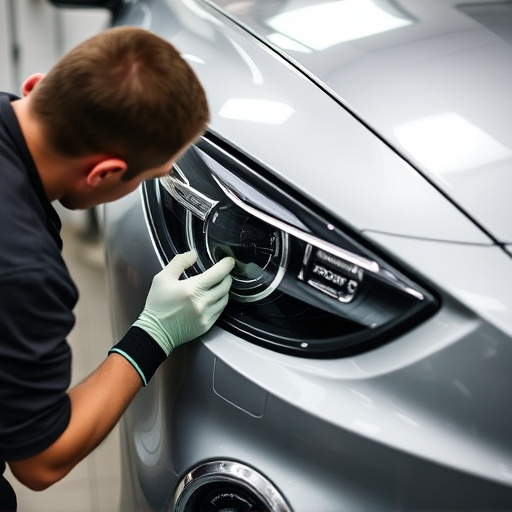
Understanding Frame Alignment Service Needs
The need for a frame alignment service isn’t one-size-fits-all; it varies significantly based on the age, use, and condition of your vehicle. For daily drivers, regular alignment checks every 5,000 to 10,000 miles are recommended, as road conditions and frequent stops can cause wear and tear over time. However, for vehicles involved in occasional off-road adventures or those undergoing intensive driving conditions—like long hauls on uneven roads—alignment may need to be checked more frequently, possibly every 3,000 miles.
When it comes to classic car restoration or vehicle restoration projects, proper frame alignment is paramount. These vehicles often have unique suspension systems and might require specialized tire services to ensure they handle just as well as they look. Maintaining the integrity of the frame through regular alignment service can prevent costly repairs down the line, ensuring your vehicle’s safety and performance on the road.
Factors Influencing Frequency of Services

The frequency at which you require a frame alignment service depends on several factors. One of the primary considerations is the age and condition of your vehicle. Older cars, especially those with historical significance or classic models, often need more frequent alignments as their frames can settle and warp over time due to changes in suspension components and driving conditions.
Additionally, vehicles involved in collisions or accidents at a collision repair center may necessitate frame alignment services afterward. Even minor fender benders can sometimes cause subtle yet crucial misalignments. Regular maintenance and routine auto body services play a vital role here, as they help catch potential issues early on. Moreover, driving conditions—including frequent driving on rough roads, navigating tight corners, or hauling heavy loads—can also accelerate frame wear and tear, prompting more frequent visits to get your frame aligned.
Maintaining Optimal Vehicle Alignment

Maintaining Optimal Vehicle Alignment
Regular frame alignment service is key to keeping your vehicle running smoothly and safely on the road. A well-aligned car ensures that all four wheels are properly positioned relative to each other, allowing for even tire wear and maximum control while driving. This is crucial not just for performance but also for preventing costly vehicle body repair and collision repair shop visits down the line. When wheels are misaligned, it can lead to uneven tire tread wear, causing your tires to degrade faster and potentially resulting in unsafe handling.
A frame alignment service goes beyond simple wheel balancing. It involves sophisticated equipment that measures the precise angles of each wheel and adjusts them as needed. This not only addresses any existing alignment issues but also helps to identify potential problems before they become major headaches, such as requiring extensive vehicle paint repair. By scheduling regular alignments—typically every 10,000 to 15,000 miles or as recommended by your vehicle manufacturer—you can enjoy enhanced safety, improved fuel efficiency, and longer-lasting tires, making it an investment that pays dividends over time.
Regularly scheduling frame alignment service is crucial for maintaining your vehicle’s safety, handling, and longevity. Based on factors like driving habits, road conditions, and vehicle age, it’s recommended to get an alignment check every 12,000 to 15,000 miles or annually. By addressing alignment issues promptly, you can prevent costly tire wear, steering problems, and reduced fuel efficiency, ensuring your vehicle continues to perform optimally.


